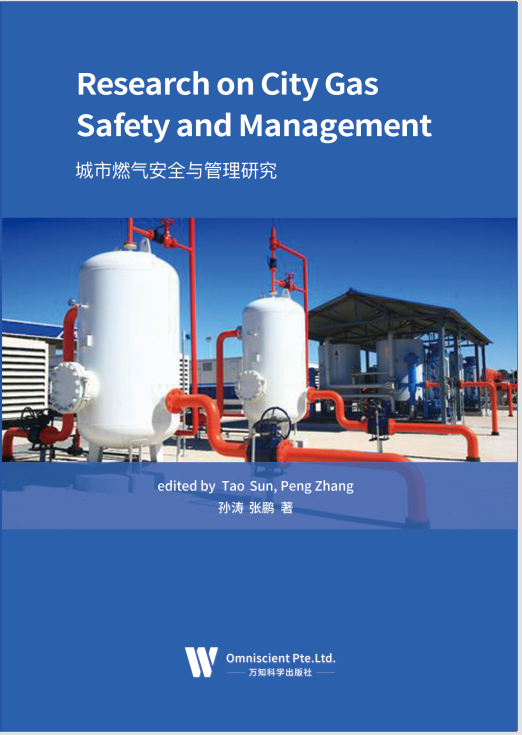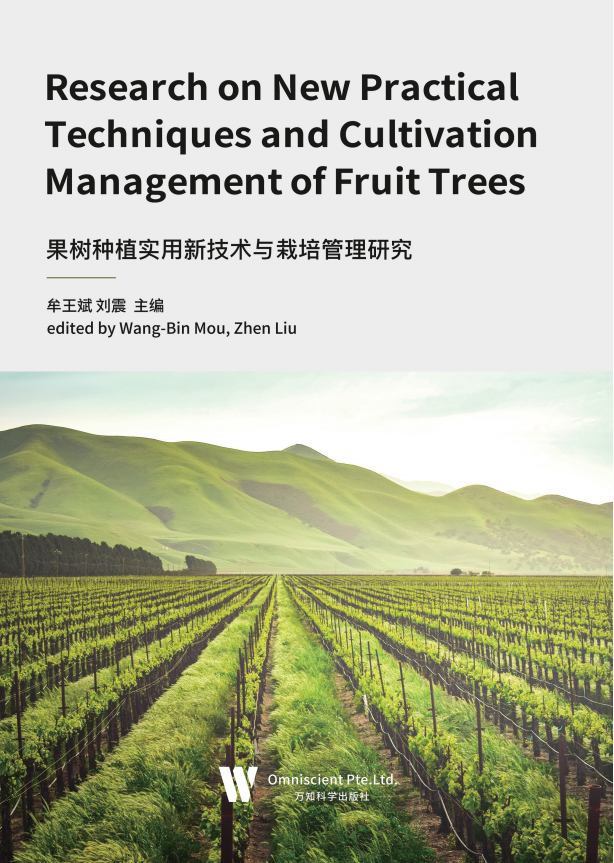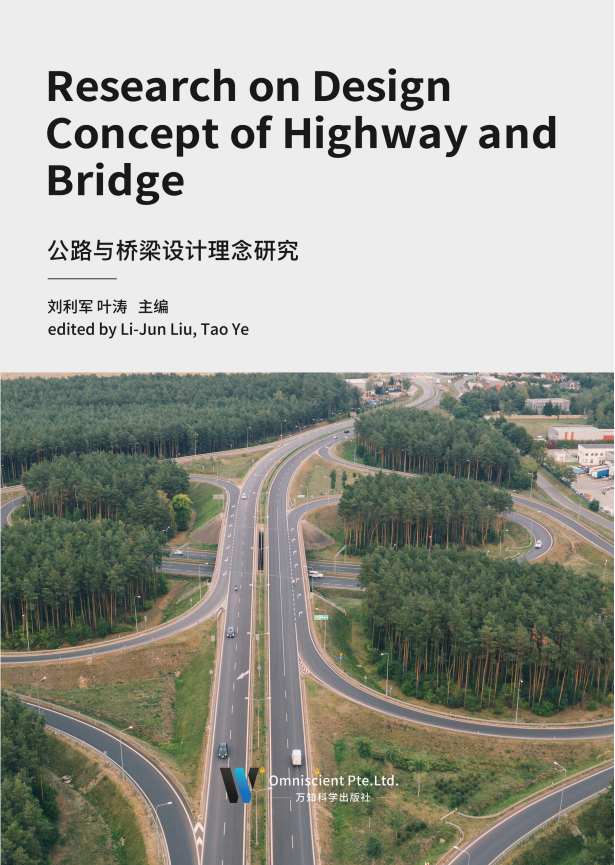
City gas can be classified into three categories: natural gas, manufactured gas and liquefied petroleum gas according to the source or production method of the gas. Among them, natural gas is naturally generated; manufactured gas is converted from other energy sources or a by-product of the production process; and liquefied petroleum gas mainly comes from by-product gas in petroleum processing process.
In recent years, China’s urban natural gas energy development and utilization have made great achievements, however due to late beginning and lower popularization rate, we are still confronted with a big gap compared with developed countries in terms of safe gas supply, safe operation, and effective management. In particular, the gas supply technology and service levels of our country cannot meet the growing needs of residents, so we need to work hard to catch up. With the rapid growth of China’s explored onshore and offshore gas reserves and the continuous discoveries of world-class large gas fields, as well as the accelerated construction and preparation of West-East natural gas transmission project, air-sea landing, and Russia gas southbound project, a natural gas framework blueprint that stretching east to west across the mainland, connecting the coastland, and running through the north and south has been presented. This will inevitably provide a reliable security and rare opportunities for the development of urban gas in China. The use of green energy is bound to become a major trend in the development of the future world. Especially in such a context that green and environmentally friendly environment is gradually recognized by more and more people, vigorously developing city gas has extraordinary economic and social significance.
前 言
城市燃气根据燃气的来源或生产方式可以归纳为天然气、人工燃气和液化石油气三大类。其中,天然气是自然生成的,人工燃气或是由其他能源转化而成或是生产工艺的副产品,液化石油气主要来自石油加工过程中的副产气。
近年来,尽管我国城市天然气能源发展和利用取得了很大的成绩,但是由于我们起步晚、普及率低,在安全供气、安全运行、有效管理等方面与发达国家相比还有很大差距,特别是供气技术水平和服务水平还满足不了居民不断增长的需求,需要我们在努力追赶,随着我国陆上和海上天然气探明储量的快速增长和世界级大气田的不断发现,以及西气东输、海气登陆、俄气南下等项目正在加速建设和筹备,一幅横跨大陆东西、连接沿海、纵贯南北的天然气框架蓝图已经呈现出来,这必然为我国城市燃气的发展提供可靠的保障和难得的机遇。绿色能源的使用必将成为未来世界发展的一大趋势,尤其在这个绿色、环保逐渐被更多人所认可的环境下,大力发展城市燃气有着非同寻常的经济与社会意义。

环境监测是环境保护工作的重要基础和有效手段。当前的环境监测与十多年前相比,在理论,技术和方法上都有了新的进步和发展。为了更好地反映这些新理论,新技术和新方法,也为了更好地适应高等职业教育的教学需求,突出实用性和实践性,强化学生职业能力的培养和训练,编审委员会组织了国内多所知名高职高专院校的具有丰富教学经验和实践经验的教学名师重新编写本书。本书紧密结合我国环境监测的现状,内容以现行的国家标准为依据,力求反映当前国内外的发展水平。
环境监测管理制度是我国环境保护工作的一项重要法规制度,是环境保护主管部门和各级环境监测机构管理者进行环境监测管理的根本依归和基本前提。改革开放以来,随着我国国民经济快速发展,经济发展与人口、资源、环境之间的矛盾日趋尖锐,环境保护压力不断增加,环境监测工作的极端重要性日趋凸显。环境保护部始终高度重视环境监测工作,投入和管理力度不断加大,通过组建环境监测司实现了对环境监测工作的归口管理,并逐步形成了一套完整的环境监测管理相关法律法规、政策和管理制度体系。
环境保护和可持续发展是当今世界各国经济和社会发展所倡导的主旋律。保护全球环境已成为人类社会的共识。我国政府已将环境保护作为基本国策。解决环境问题和保护环境已成为全国人民共同的期望。
由于科学技术的飞速进步,世界经济的迅猛发展,人类社会发生了翻天覆地的变化,先人的许多梦想已经或正在逐步变成现实,这是很令人欢欣鼓舞的。
残酷的现实告诉人们,经济水平的提高和物质享受的增加,很大程度上是在牺牲了环境与资源的基础上换来的。环境污染、生态破坏、资源短缺、酸雨蔓延、全球气候变化、臭氧层出现空洞……正是人类在发展中对自然界采取了不公允、不友好的态度和做法的结果。可以毫不夸张的说,人类正遭受着严重的环境问题的威胁和危害。这种威胁和危害关系到当今人类的健康、生存与发展,更关系到人类未来的前途。解决经济增长和资源利用、环境保护的矛盾和问题,谋求人类经济、社会和生态的持续发展,已成为当代人类的历史使命。
面对新的形势和任务,环境保护重要文件选编工作必须坚持总结过去、立足现在、着眼未来,在不断提高选编质量上下工夫,以对历史和事业高度负责的精神,紧紧扣住环保系统深入学习实践科学发展观、认真贯彻落实全国环境保护大会精神以及环境保护工作重要部署的新思路、新举措,集中反映在发展中保护、在保护中发展,积极探索环保新道路取得的新成就、新经验;系统总结环境保护在落实主题主线和新要求,促进转方式、调结构、惠民生、保稳定方面的创造性工作;充分展示环保人不负重托、不辱使命,努力争当探索环境保护新道路、推动生态文明建设的倡导者、引领者、实践者和推动者的崭新风采,发挥好环境保护重要文件选编在统一思想和行动、凝聚智慧和力量方面的重要作用,不断推动环保工作取得新成就、谱写新篇章。

With the deepening of the reform and opening-up policy, the market economy continues to develop, especially the city’s circulation function has further highlighted the multi-functional role of the city. These have brought new vitality to urban economic and social development. The content and scope of urban planning have become more extensive. In addition, the commercialization of housing and the rise of the real estate industry, especially the implementation of the system of compensated land-use, will inevitably have a major impact on urban planning and planning management.
Urban planning can no longer rely solely on national economic planning. We must change the static concept of planned economy and establish a dynamic market economy concept. The content of urban planning should not be limited to the physical space layout, but should also focus on comprehensive research on urban economic development and social development. The practice of urban planning should not only focus on the urban area itself, but should also focus on regional concepts and study urban development from a certain area.
Urban planning should be the leading force in the process of changing the city. Urban planning locates the nature of the city, determines the direction of urban development, guides the development of the city both at the macro level and at the micro level, and guides the development behavior of developers. Urban planning occupies the dominant position, and the city can move forward in a healthy and rapid manner. With the rapid advancement of urbanization, urban infrastructure is becoming more and more perfect, and ecological environment construction is becoming a common practice. The construction and development of cities has become the main driving force for China’s rapid progress towards modernization, internationalization and ecologicalization. Real estate companies have taken measures to shape the brand image of Chinese real estate. Faced with the wave of urbanization, China has finally achieved a win-win situation for developers and home buyers.
前 言
随着改革开放政策的深入,市场经济不断发展,特别是城市的流通职能进一步突出城市多功能作用日益加强。这些给城市经济社会发展带来了新的活力,城市规划的内容和范围也更加广泛。加上住宅商品化和房地产业的兴起特别是有偿使用制度的实施对城市规划编制和规划管理工作必然产生重大影响。
城市规划的依据不能再完全靠国民经济计划,必须改变静态的计划经济观念,树立动态的市场经济观念。城市规划的内容,不能局限于物质空间布局,而要树立全面研究城市经济发展、社会发展的综合观念城市规划的实践,不能光靠集中在市区本身,更要树立从一定地区范围来研究城市发展的区域观念。
改变城市的主导力量应该是城市规划,规划定位城市的性质,决定城市发展的方向,既在宏观层面又在微观层面指导城市的发展,并指导开发商的开发行为。只有在城市规划占据主体地位,城市才能健康迅速的向前发展。伴随着城市化的快速推进,城市基础设施日趋完善,生态环境建设蔚然成风,城市的建设与开发已经成为中国快速向现代化、国际化、生态化方向迈进的主动力。房地产企业采取措施,塑造中国房地产的品牌形象、迎接中国如何面对城市化浪潮,最终实现开发商、购房者双赢。

近年来,随着我国社会经济的进步和发展,人们的生活质量和生活水平都得到了很大的提高,在这种背景下,人们对水果的需求不仅是在质量上,同时在数量上都有了更大的需求。在果园的生产中,科学有效的栽培技术发挥了重要作用。但目前一些果农尚未掌握良好的栽培技术,在具体栽培过程中出现了很多问题,直接影响了林果业的健康发展。人们日益增长的果业的健康发展需求,使这方面问题的解决显得更加迫切,只有科学使用种植技术,并且加强管理,才可以获得高品质的果品。为了使果树的种植和生产得到更加有效的保障,笔者从我国果树种植和栽培的历史现状出发,就果树的种植技术和栽培管理进行全面阐述,通过对相关环节的分析和研究,以期为我国果树种植技术和栽培管理工作得到更大的提升贡献力量。

近年来,我国公路事业发展快,建设规模大,也是最具活力的时期,这段时期我国公路建设实现了跨越式的发展,取得了举世瞩目的成就,为运输的快速、安全、高效、便捷和舒适提供了技术保证。
随着经济的发展、综合国力增强,我国的建筑材料、设备、建筑技术都有了较快发展。特别是电子计算技术的广泛应用,为广大工程技术人员提供了方便、快捷的计算分析手段。更重要的是我国的经济政策为公路事业发展提供多元化的等资渠道,保证了建设资金来源。我国广大桥梁工作人员,充分认识到这一可贵、难得的机遇,竭尽全力,发挥自己的聪明才智,为我国公路桥梁建设事业,积极工作,多做贡献。